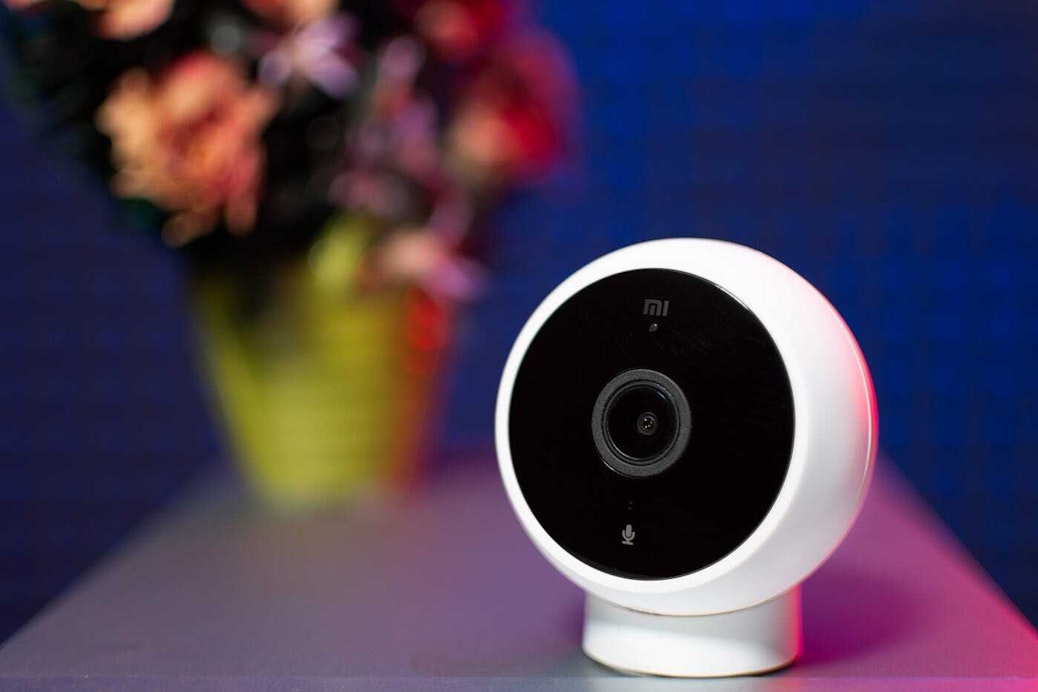
The trend of creating ‘smart’ devices is still going strong. In fact, analyst firm IDC estimates annual growth of nearly 20% for the IoT (Internet of Things) and smart home market through 2023. Without a doubt, both consumers and device makers can benefit significantly from new smart appliances and electronics. Yet, under pressure to rush to market, some device manufacturers disregard all of the crucial elements that can impact their customer experience (even giants like Motorola can miss the mark). They end up making significant errors that can lead to poorly designed and executed products that fair far worse in the market than standard ‘dumb’ devices. What’s more, those products can potentially end up costing much more to make and buy.
Over the past 10 years, I’ve been personally involved in the development of dozens of new smart products and I’ve just about seen it all. So, here are some mistakes you should avoid if you want to do it right — or, if failure and wasted resources are your thing, here is an excellent guide to making your next product.
- Go Cheap. Cost-savings is always an imperative, but remember the old adage, “You get what you pay for.” Choosing the least expensive design or development firm to put together your app or, worse, purchasing an all-inclusive package from a factory, can save you some money, but it can also limit your ability to customize and iterate. You may end up with a buggy, featureless app that adversely impacts your brand, and doesn’t work for your customers. Moreover, the fixes could cost exponentially more than what you’d have spent if you’d have done it right the first time. Prioritize finding a capable firm that understands your product needs and where you’re going, and then negotiate a fair price for that work.
- Skimp on Research. If you don’t know enough about your target audience–what they require in a smart version of your product — chances are you’ll develop features that aren’t in line with their needs. That is a quick way to make a product that doesn’t sell.
- Sacrifice the Design. Consumers expect their interactions with devices and apps to be simple, intuitive and beautiful. Functionality alone simply isn’t enough. Details matter–from the speed of the interaction to the aesthetics of your icons and buttons. Your product can have the greatest utility in the world, but ignore these design features or hire a subpar UI/UX team, and I guarantee that your customers won’t use it. Make sure your product design is as much a priority as its utility.
- Build a Useless App. Speaking of utility, having an app for the sake of having an app sounds ridiculous, but you’d be shocked by how many companies launch apps or include features that provide zero value to the consumer. Customers don’t need an app that allows them to control the power of their vacuum cleaner, and having that kind of functionality isn’t going to improve their experience. Understand your users and focus on the practical features that will engage and delight them.
- Avoid Expert QA. Sometimes cutting corners makes sense–but running your own QA is as advisable as ignoring your doctor in favor of whatever you found through your Google self-diagnosis (yeah, we’ve all done it). With smart products operated by a variety of people, connected through variety of phones or other devices, and in a variety of settings, trusting experts to test your product will prevent a never-ending stream of customer complaints about crashes, connectivity and other issues.
- Do Not Keep Usage Data. Once upon a time, the only data device makers had was from surveys or support calls. Now, with smart devices, incredible amounts of data can be captured, giving insight into who and where your customers are, and how and when they are using your product. Not only do you have an obligation to keep and protect your customers’ information, but you can also use it to make product iterations and direct communications with your end users.
- Ignore Your Customers. Want to really aggravate your customers? Send an email with a “No-Reply” and be sure to hide your contact number. You know, those calls and emails you won’t be receiving are data, too. They can provide valuable information on how customers are using the product, their pain points and even their suggestions for improvements. Every opportunity you have to engage your customers is an opportunity to help solve a problem, log a feature request, upsell other devices or products, and improve their overall customer experience.
- Leave Your Product Alone. Want to kill you your chances of creating long-term customers? One way is to forget about your product once it’s been released. Every product can be improved upon and if you don’t continue to tap into new technologies, address security concerns or meet market demand for new features, you can trust that your competitors will.
- Disregard Security Risks. To paraphrase Spiderman’s uncle (or Voltaire, for you literature snobs), “With great connectivity comes great vulnerability.” By nature of how they work, IoT and connected devices can make easy targets for hackers and other nefarious entities. It’s your responsibility to ensure that your voice-activated smart coffee maker isn’t recording your customers’ conversations and sharing that data with rogue players. Be aware of the imminent risks and take steps early to ensure any data is captured with the expressed consent of your customers, and that you have safe-guards in place to protect that data.
My dad always says, “If it’s worth doing, it’s worth doing well.” Cut corners for the sake of getting in on the booming IoT and connected device space and I can promise you’ll end up wasting time, money, resources, your brand’s reputation and, probably, your sanity. Instead, make a plan and learn from other’s mistakes. Your investment in developing a feature-packed, user-friendly, quality product will reap its rewards when the customers are lining up to buy it and, again, when they actually use it.





